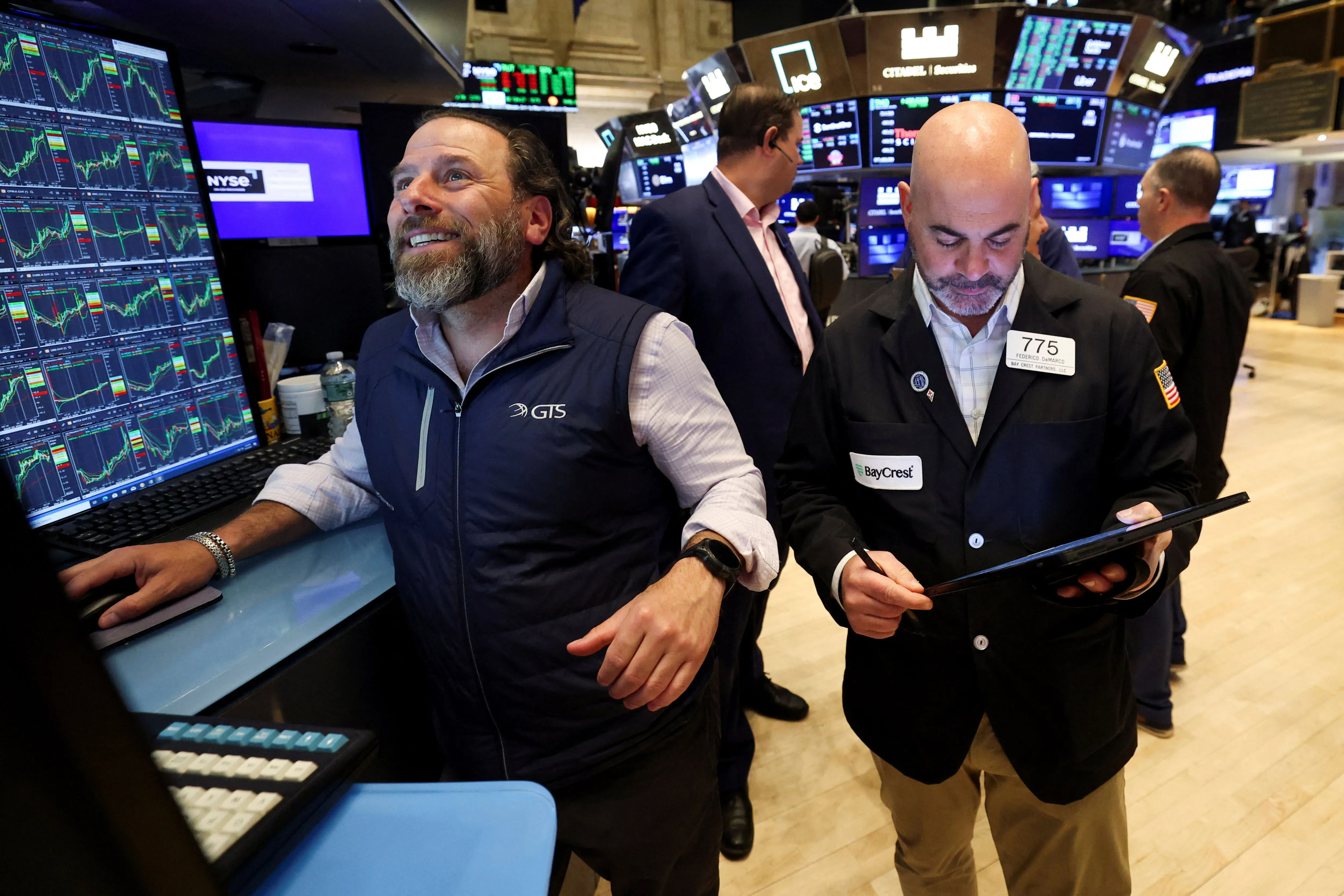As a Result of the Reversal of the Trade War, the U.S Economy Has Rebounded With 3% GDP Growth
The U.S. economy showed a stronger-than-expected rebound in the second quarter, helped by a modest uptick in consumer spending and a sharp decline in imports following a surge earlier in the year to secure foreign goods.
According to preliminary government figures released Wednesday, inflation-adjusted gross domestic product (GDP)—which represents the total value of goods and services produced within the country—expanded at an annualized rate of 3%. This marks a significant turnaround from the 0.5% contraction recorded in the previous quarter.
A major factor behind this growth was the contribution of net exports, which added five percentage points to GDP. This followed a historic drag in the first quarter when imports surged to record highs as businesses rushed to secure overseas products amid trade tensions.
Since goods and services produced abroad are subtracted from GDP calculations when imported but included when consumed, the sharp drop in imports in the second quarter helped boost overall output.
Stripping away these trade-related fluctuations, economic activity was more restrained. Consumer spending, which accounts for roughly two-thirds of GDP, rose 1.4%. This represents the slowest back-to-back growth since the pandemic, suggesting households are becoming more cautious. Business investment also showed signs of cooling, pointing to more tempered momentum beneath the headline GDP figure.
This initial GDP report is the first in a series of key economic data releases this week, which will also include fresh monthly readings on consumer spending, inflation, and labor market conditions. Together, these reports will help shape expectations for the economy’s path in the coming months.
As Federal Reserve officials conclude their two-day policy meeting later today, investors widely anticipate that interest rates will remain unchanged. The GDP data, however, offers valuable insight into the strength of underlying demand, a critical factor in future monetary policy decisions.
Economists have increasingly focused on a narrower gauge of demand known as final sales to private domestic purchasers, which filters out the volatile impacts of trade and inventory swings. This measure rose at a subdued 1.2% pace in the second quarter, its weakest performance since late 2022. The reading highlights how much of the overall GDP rebound was driven by trade-related factors rather than robust domestic demand.
Despite these underlying headwinds, there are signs that uncertainty surrounding trade policies is beginning to ease. This has helped stabilize equity markets and provided a modest lift to consumer confidence.
The administration has successfully negotiated trade deals with key partners such as the European Union and Japan, reducing some of the risks that had previously clouded the economic outlook. Nonetheless, other trading partners still face a looming deadline this Friday to finalize agreements with the U.S. or face significantly higher import tariffs.
Market reaction to the GDP report was mixed. Stock-index futures fluctuated as investors weighed the headline growth against softer underlying demand indicators. In fixed-income markets, Treasury yields moved higher, and the U.S. dollar strengthened. The trade front remained active as well, with President Donald Trump announcing shortly before the GDP data release that the U.S. would impose new 25% tariffs on India, adding another layer of complexity to global trade dynamics.
Overall, the second-quarter rebound highlights how trade-related factors can dramatically influence economic output figures, even as domestic spending and investment remain relatively subdued. With more economic data set to be released in the days ahead and the Federal Reserve maintaining a cautious stance on interest rates, policymakers and investors alike will be watching closely for clearer signs of the economy’s underlying trajectory heading into the latter half of the year.

Subscribe to our newsletter!
As a leading independent research provider, TradeAlgo keeps you connected from anywhere.








